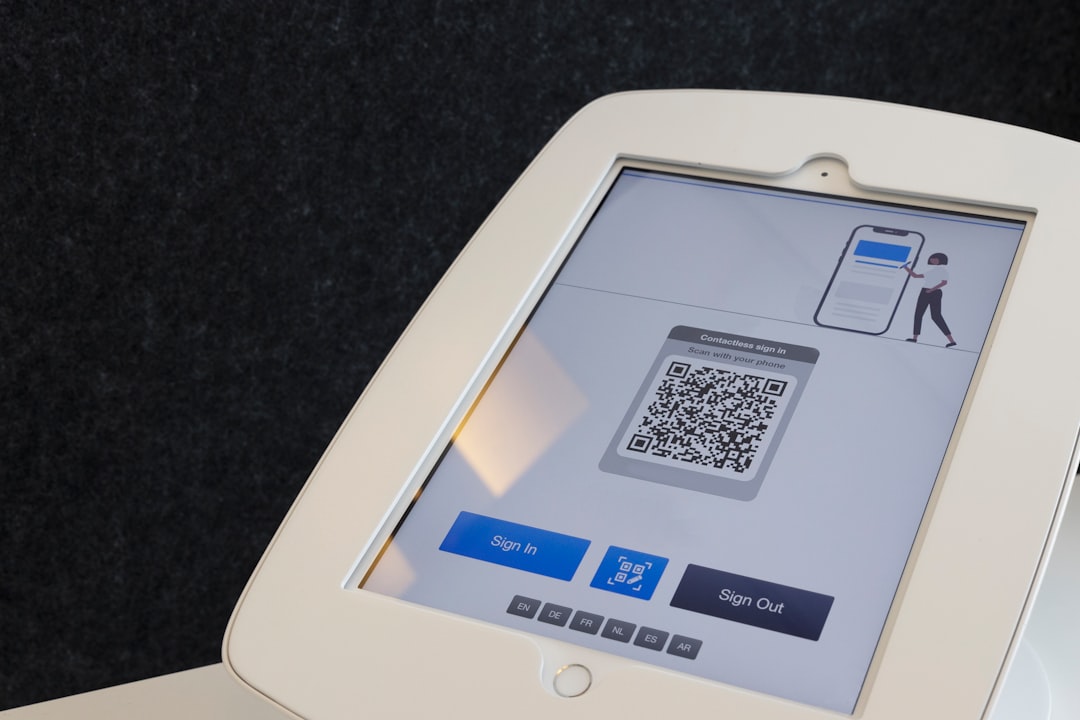Managing employee time and attendance has evolved significantly with the rise of modern payroll software. No longer confined to manual punch cards and spreadsheet calculations, today’s systems provide automated, accurate, and efficient tools for tracking when employees work—and ensuring they get paid correctly. This seamless integration of time tracking and payroll functions has become an essential asset for businesses of all sizes.
So, how exactly does payroll software handle time tracking and attendance management? Let’s dive into the key components and features that empower this crucial functionality.
1. Integration with Time Clocks and Digital Devices
Modern payroll software often integrates directly with time-tracking devices such as biometric scanners, swipe cards, or mobile apps. When an employee clocks in or out, the data syncs in real time with the payroll system, reducing the chances of human error.
Some systems even use GPS or geofencing technology to ensure remote employees are checking in from approved locations. This feature is particularly useful for companies with field teams or remote staff.
[ai-img]biometric scanner, digital time clock, mobile check in[/ai-img]
2. Real-Time Data Tracking
Payroll systems allow supervisors and HR personnel to view attendance and hours worked in real time. This means implicit issues like absenteeism, late check-ins, or unscheduled overtime are immediately flagged.
Benefits of real-time tracking include:
- Improved workforce management
- Minimized payroll disputes
- Efficient scheduling and coverage
Such instant access to accurate data not only ensures compliance with labor laws but also provides valuable insights into employee behavior and departmental productivity.
3. Automatic Overtime and Holiday Calculations
Calculating overtime manually can be a taxing and error-prone task. Payroll software simplifies this by automatically applying pre-set rules for daily or weekly overtime, holiday pay, and weekend shifts. This means employees are fairly compensated without manual adjustments, and businesses remain in compliance with labor laws.
Even complex pay rules—such as those for shift differentials or union-specific contracts—can be configured into the system. This level of automation contributes to greater accuracy and fewer paycheck errors.
4. Seamless Integration with Payroll Processing
After collecting attendance and time-tracking data, payroll software automatically converts this information into employee earnings. This drastically reduces the need for manual data entry, improving both accuracy and efficiency.
This integrated approach ensures the software can:
- Calculate gross wages based on hours worked
- Apply deductions, withholdings, and benefits
- Generate compliant pay stubs and tax forms
[ai-img]payroll processing, data integration, time tracking[/ai-img]
5. Mobile Access for Remote and On-the-Go Teams
In an age of increasing workplace flexibility, mobile access is no longer a luxury—it’s a necessity. Many payroll solutions offer dedicated mobile apps that let employees:
- Clock in and out
- Request time off
- View schedules and work hours
For managers, mobile dashboards offer a high-level view of team availability and performance. This flexibility streamlines administrative tasks and supports dynamic work environments.
6. Leave and Absence Management
Payroll software also includes mechanisms for tracking paid and unpaid leaves, sick days, and vacation accrual. Employees can submit requests through an employee self-service (ESS) portal, and managers can approve or deny them with just a few clicks.
Once a leave is approved, the system logs it automatically against the employee’s balance and adjusts payroll calculations accordingly. This eliminates the possibility of forgotten absences or inaccurate paychecks.
7. Compliance and Record Keeping
Labor laws around working hours, rest periods, and overtimes can vary greatly across states and countries. Payroll systems come equipped with built-in compliance features and can generate detailed reports to meet auditing requirements.
Moreover, these systems offer audit trails and secure data storage, which are critical for both legal and operational transparency.
Conclusion
Payroll software has revolutionized how organizations manage employee time and attendance. By automating the capture, calculation, and reporting of work hours, these systems eliminate human error, promote fairness, and ensure legal compliance. Whether you’re managing an on-site team, field technicians, or remote workers, the right payroll software provides the visibility and control needed to run efficient, compliant, and productive operations.
In a business landscape where every minute counts, having a robust payroll and time-tracking tool isn’t just convenient—it’s essential.

